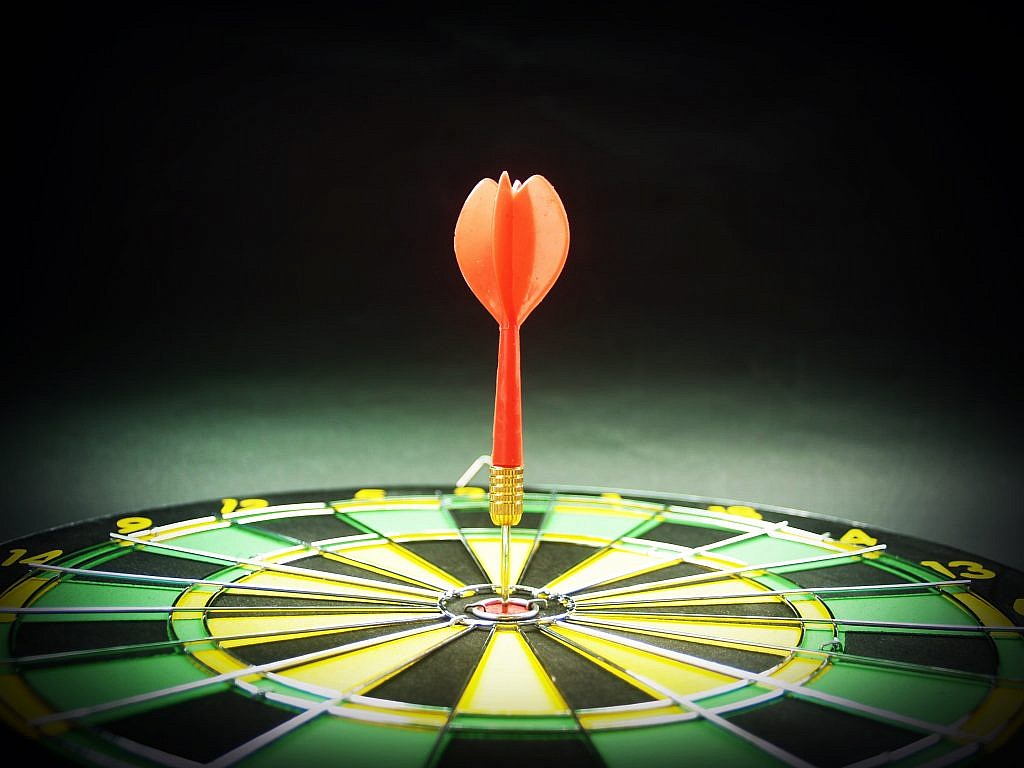
Modern unmanned aircraft technologies enable low-altitude flights and taking aerial photos from which every single detail of the site is distinguishable. By creating a point cloud and a digital surface model, the photos go through advanced processing and result in an orthophoto plan, which is an important data layer needed for further measurements and analyses.
What exactly is positional accuracy of measuring from aerial photos? Must the orthophoto plan be extremely accurate at all times? What sort of accuracy can be expected from an orthophoto plan produced from aerial photos?
There are two types of positional accuracy of orthophoto plans, namely relative and absolute positional accuracy.
Relative (or local) accuracy: Relative positional accuracy denotes the accuracy of the position of a point on the orthophoto plan relative to other points on the same plan. High relative positional accuracy thus means that if a distance between two points in nature is 100 cm, the measurement on the orthophoto plan will also amount to 100 cm.
Absolute (or global) accuracy: Absolute positional accuracy denotes the extent to which a point in the orthophoto plan matches a corresponding point in a fixed spatial coordinate system. In other words, in an orthophoto plan with a high degree of global positional accuracy, the coordinates of any point match well with coordinates of this point in the National Coordinate System.
What type positional accuracy do I need for my project?
The accuracy of spatial data needed depends on the objectives and the intended use of the project at hand. While a high degree of global accuracy is required for certain projects, relative accuracy is quite sufficient for others. The importance of accuracy in a particular situation also depends on the location and manner of using our orthophoto plan, as well as what decisions will be based on the plan. The efforts to always ensure the highest degree of accuracy can be unnecessarily time consuming and expensive.
Although specific needs for accuracy should be determined on a project-by-project basis, a few typical and general examples are presented below for the purpose of illustration.
Relative accuracy for minor measurements, supervision and marketing
Relative accuracy of an orthophoto plan is usually sufficient for projects such as measuring minor dimensions (lengths, surfaces, volumes), visual monitoring of progress at construction sites, supervision of agricultural surfaces, following vegetation health, assessing damage, or drawing up marketing presentations. In short, relative accuracy is adequate whenever the information from the map itself is enough, and location information is not needed, nor is incorporating other spatial data or drawing links with the spatial coordinate system.
Absolute accuracy for land surveying and geographic information systems
Absolute accuracy is relevant when a high level of trust is needed in the correctness of the measured lengths, widths or heights, or when we would like to integrate the map with other georeferenced spatial databases. Such projects are typically carried out in land surveying (recording of real estate, creation of land surveying plans, spatial records etc.) and in the course of creating overlapping and cross-linking data layers in geographic information systems.
Positional accuracy provided by Geavis in practice
The positional accuracy of spatial data from aerial photos depends on several factors ranging from the unmanned aircraft’s flight altitude, light, distinctiveness of the terrain’s texture, the type of terrain to be mapped etc.
Using senseFly eBee in standard conditions, i.e. flying 100–150 m above the site, with 50–70 % overlap of aerial photos and without the use of control points, we can achieve the relative accuracy of 10 cm, and the absolute accuracy of 1 to 5 m. Employing control points can result in significantly improved absolute accuracy, even up to 3 to 5 cm.
